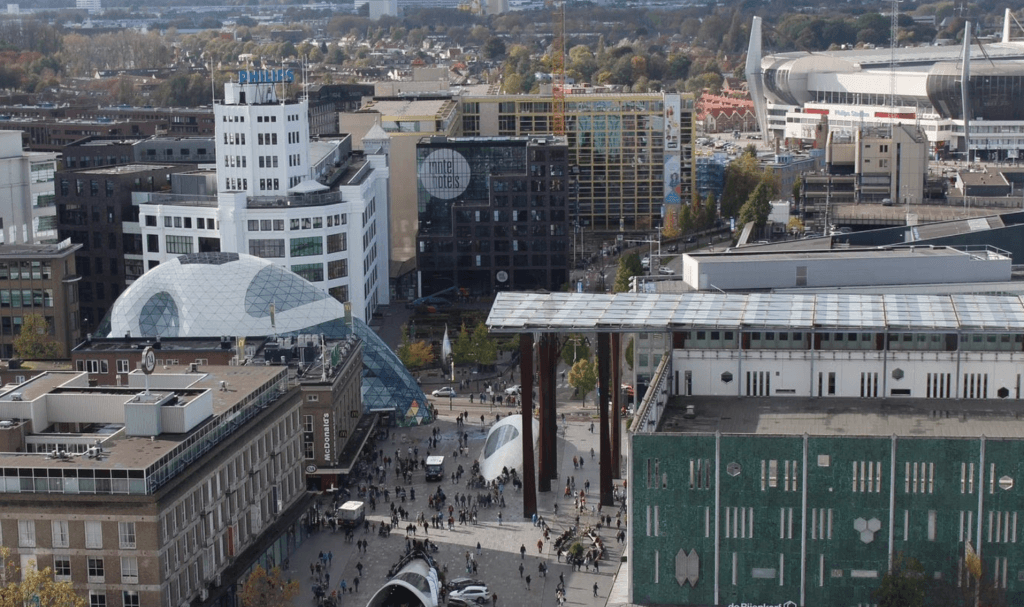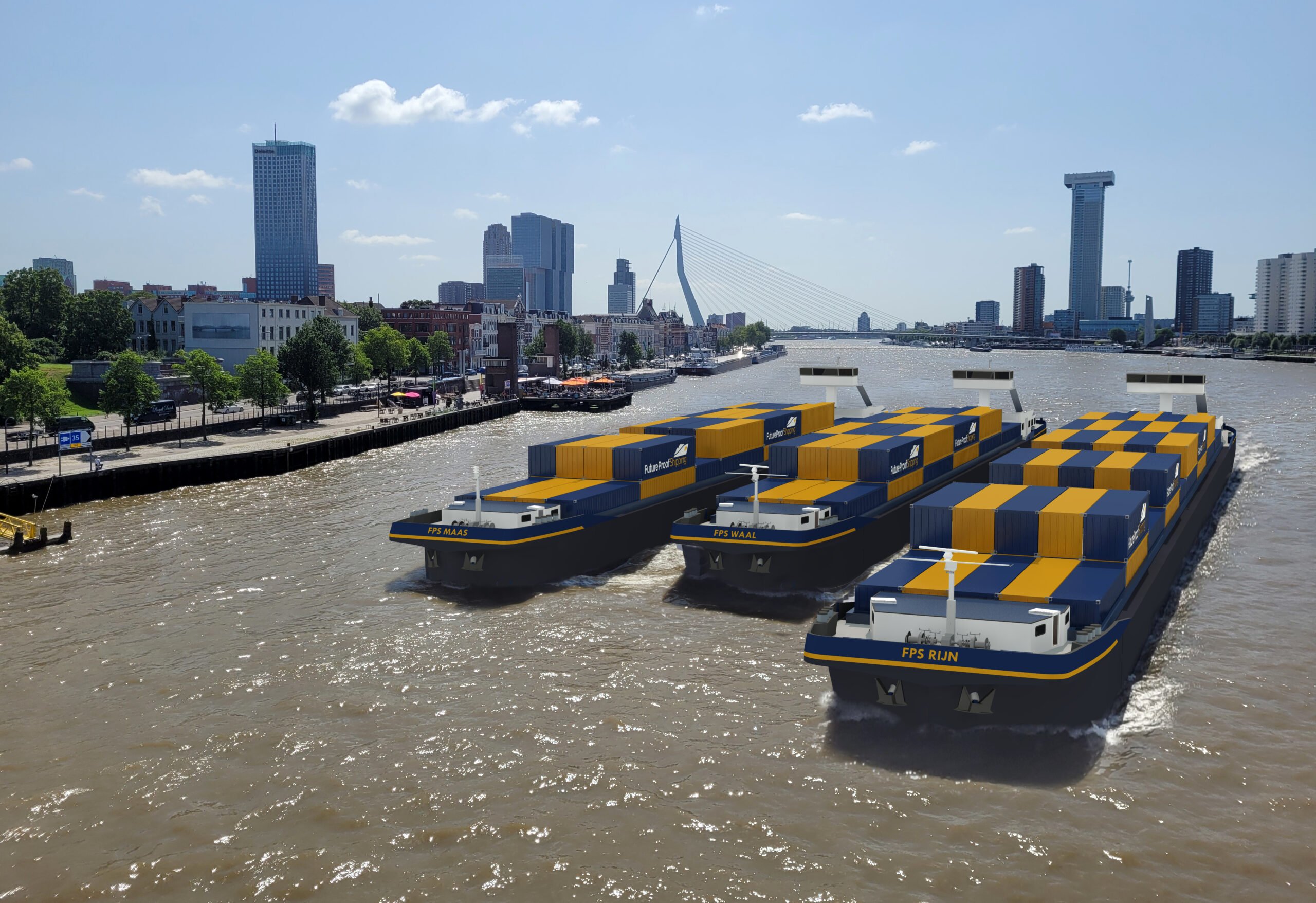
“Relatively high vacancy rates call for the removal of shopping space from the city”
The whole region is shopping in Eindhoven. This is not surprising, but the purchasing flow research that Metropoolregio Eindhoven (MRE) has carried out last year confirms the strength of Eindhoven as a shopping city. Eindhoven is also a center for more recreational spending. At the same time, this also means that Eindhoven as a shopping center is very dependent on the surrounding municipalities. And the large vacancy rate really must now be tackled, researchers say.
Also read: “Continue investing in the inner city” (Dutch, with commentary from lecturer Cees-Jan Pen)
According to the researchers, population size and appeal make it easy to start a shop. But: “That is not the same as a healthy retail structure. In the case of Eindhoven, too, compact centers and the corresponding stimulation policy are needed in order to achieve a good, healthy and up-to-date level of facilities.” The scattered shopping area offers opportunities to work on clustering facilities and preventing vacancy in the core and other shopping centers. This is desperately needed because vacancy levels are still above average.
“Eindhoven has too much vacancy compared to the entire MRE, but certainly also compared to cities of the same size”, the researchers say. “This calls for a targeted policy on compact store concentrations. The removal of meters from the market is absolutely essential. In particular, the vacancy in the city center must be countered by an active relocation policy and the removal of meters outside the center.” Work on a compact center is the advice. This also has consequences for the development of new retail space: “Each new meter must be accompanied by a shrinkage of three existing meters. In other words, no new developments without shrinkage.”
Compared to other large cities, Eindhoven’s own inhabitants spend relatively little in Eindhoven. The researchers observe that this is fully compensated by the spending from the surrounding municipalities. These mainly come to the inner city and especially for the non-daily groceries (see picture above). This creates both risks and opportunities. “Eindhoven will have to focus on the surroundings. After all, if the entrepreneur does not earn his turnover from his own close environment, it must come from the outside. There are also great opportunities here. If Eindhoven is able to achieve a better bond between the spending of its own inhabitants, this will benefit the results.”








